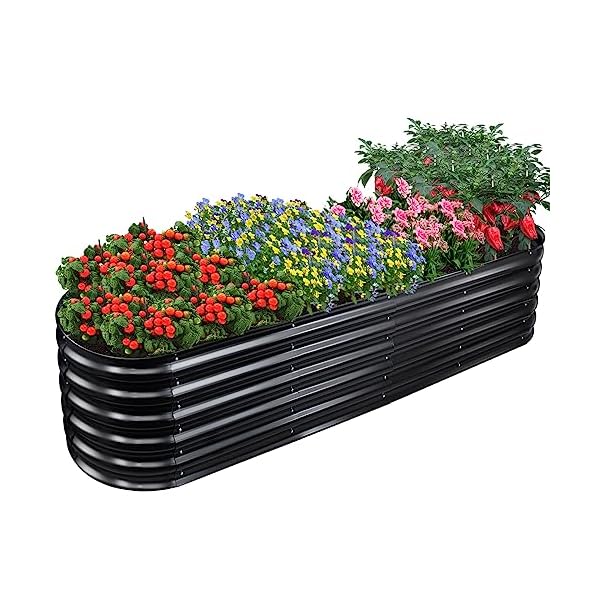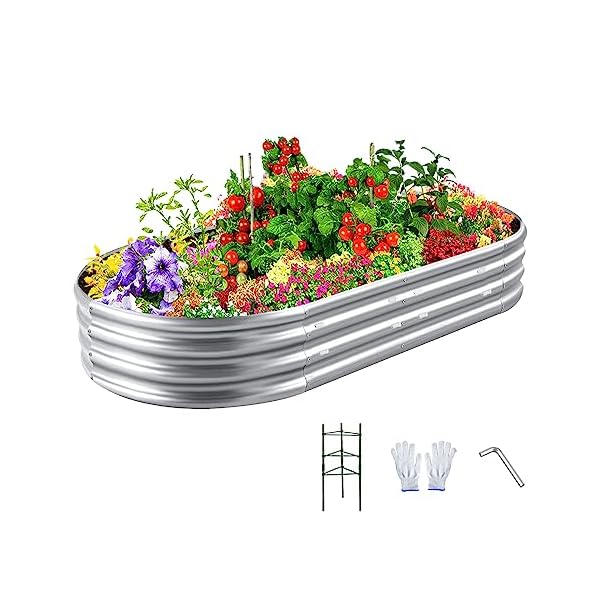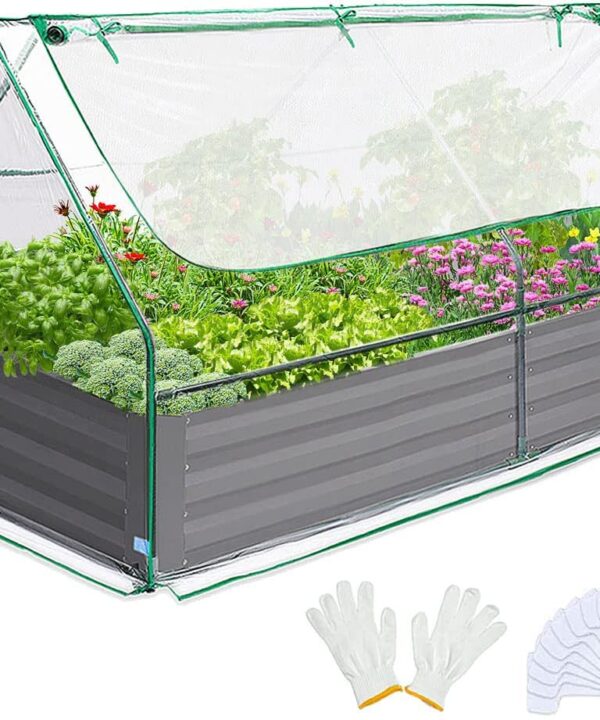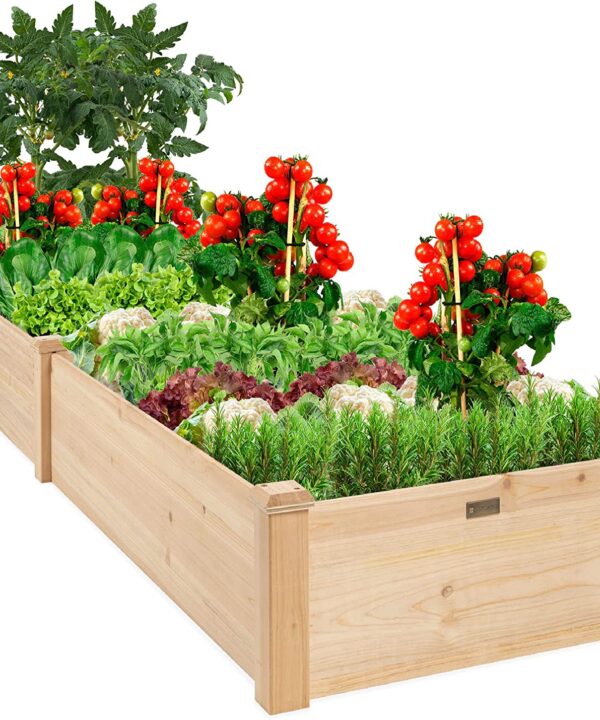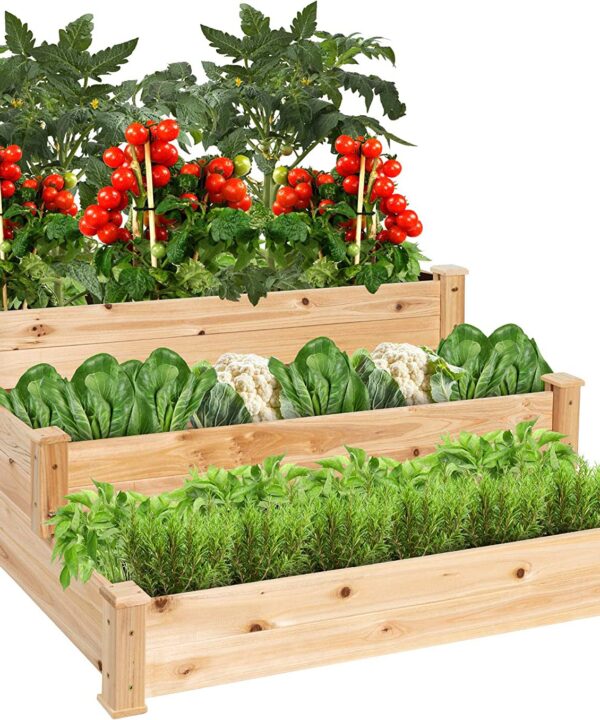Lawn & Garden
The Ultimate Guide to Fall Vegetable Gardening
 Welcome to our quick guide on fall vegetable gardening. In this post, we will delve into the world of fall vegetables, offering advice on how to plan, plant, and care for your garden to ensure a bountiful harvest. Let’s get started.
Welcome to our quick guide on fall vegetable gardening. In this post, we will delve into the world of fall vegetables, offering advice on how to plan, plant, and care for your garden to ensure a bountiful harvest. Let’s get started.
Planning Your Fall Garden
Selecting the Right Location
Choosing the ideal location for your fall garden is crucial to its success. Ensure that your chosen spot receives at least 6-8 hours of sunlight per day. Proper sunlight exposure is essential for the growth and development of fall vegetables.
Soil Preparation
Before planting, it’s essential to prepare the soil properly. Conduct a soil test to determine its pH level and nutrient content. Adjust the pH if necessary and enrich the soil with organic matter like compost or well-rotted manure. This will provide the essential nutrients your fall vegetables need to thrive.
Choosing the Best Fall Vegetables
Fall gardening offers a unique opportunity to grow a variety of delicious and nutritious vegetables. Here are some of the best options:
- Kale: Kale is a hardy green that thrives in cool weather. It’s packed with vitamins and antioxidants, making it a nutritious addition to your fall garden.
- Broccoli: Broccoli is a versatile vegetable that can withstand light frost. It’s rich in vitamins and fiber, making it a healthy choice for your garden.
- Carrots: Carrots can be grown throughout the fall season. They are sweet, crunchy, and perfect for fresh snacks or cooking.
- Spinach: Spinach is a cold-hardy green that grows well in the fall. It’s a great source of iron and other essential nutrients.
- Radishes: Radishes are quick-growing and can be ready to harvest in as little as 30 days. They add a spicy kick to your fall salads.
Planting Your Fall Vegetables
When planting your fall vegetables, follow these steps for success:
- Spacing: Follow the spacing guidelines on the seed packets to ensure proper air circulation and prevent overcrowding.
- Planting Depth: Plant seeds at the recommended depth. Generally, small seeds should be planted shallower than larger ones.
- Watering: Keep the soil consistently moist but not waterlogged. A drip irrigation system can be beneficial for precise watering.
Caring for Your Fall Garden
Pest Control
Fall gardens can be susceptible to pests such as aphids and caterpillars. Use organic pest control methods, such as neem oil or companion planting, to protect your crops.
Mulching
Applying a layer of mulch to your fall garden helps retain moisture, regulate soil temperature, and prevent weeds from competing with your vegetables.
Harvesting Your Fall Vegetables
The timing of the harvest is crucial to ensure the best flavor and quality of your vegetables. Use the following guidelines:
- Kale: Harvest the outer leaves as needed, starting when the leaves are large enough to use.
- Broccoli: Harvest the main head when it reaches a desirable size. Side shoots will continue to produce smaller florets.
- Carrots: Harvest carrots when they reach the desired size. They can be left in the ground until needed.
- Spinach: Begin harvesting spinach when the leaves are large enough to use. Harvest outer leaves first to encourage new growth.
- Radishes: Harvest radishes when they reach maturity. They are best when young and tender.
Conclusion
In this comprehensive guide to fall vegetable gardening, we’ve covered everything you need to know to create a successful and thriving fall garden. By following our expert advice on planning, planting, and caring for your garden, you’ll be well on your way to enjoying a bountiful harvest of delicious and nutritious fall vegetables. Happy gardening!

